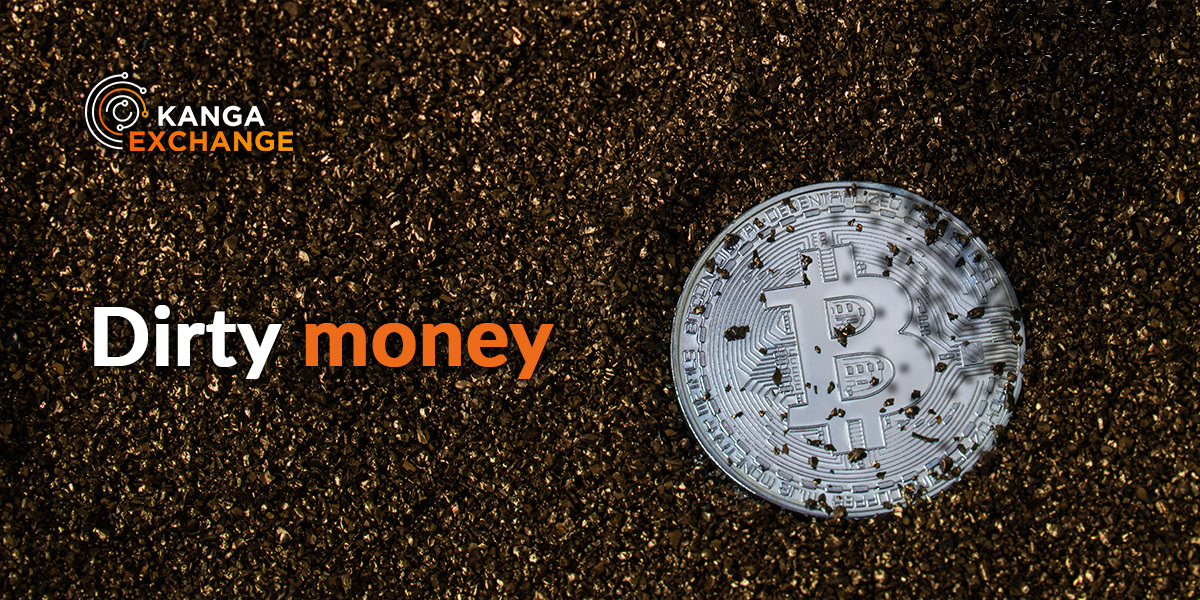Money laundering and terrorist financing. Is blockchain a remedy?

Written by
Kanga
Published on
The balance between freedom of individual and safety of mass transactions is critical issue in times of global business and international money transfers. Specially in new, undiscovered and unregulated areas which crypto and DeFi businesses are. Obvious question is who
is running the deals and what are the intentions. Should all transactions be regulated? On all levels and in all areas of goods and services exchange?
In general the regulations are to protect common people from fraud and to keep safety and order in financial systems. So maybe from a level of giving a friend some 100 euro back we don’t need much regulations and should keep freedom here? On the other end there are large scale transactions that are connected to people trafficking, drug trafficking, weapon sales and terrorism financing. Should we preach on freedoms from that perspective as well?
The most important is to keep safe our own and our families’ assets. On how to stay warned and how to protect our self we will write
in subsequent episodes of the series of articles. At the beginning let’s focus on some basics…
What is money laundering and how financing of terrorism works?
Money Laundering is part of economic crime. Next to internet scams, tax frauds and cyber-attacks. All these actions are gaining popularity among criminals and terrorists because of low risk and high profits ratio. The chance that fraud will be detected and prosecuted is very low because of complexity of the investigations. These need to be conducted with the participation of international forces, often under different jurisdictions.
Money laundering is a crime in itself, but it often comes as a result and is closely related with other forms of criminal activity
as well as the financing of terrorism. The scale of this procedure is hard to estimate. Europol and United Nations Office on Drugs and Crime (UNODC) speak about number between 2 and 5% of global GDP that is laundered each year. This is between EUR 715 billion and 1,8 trillion that licks out of monetary system. Basically it is stolen from law-abiding citizens, whole countries and nations. In whatever way criminals got
to possession of illegal funds, they want to legalize it and put it into circulation.
There are three main steps of this procedure:
- Placement: placing the money in financial institution is crucial for criminals and terrorists. This operation requires wide net of associates: money mules, shell companies and sometimes insiders in banks and other institutions.
- Layering and mixing: after illicit funds got into monetary system the money laundering technics aim to hide the origins of it and conceal subsequent moves. It is reached by transferring this money into many accounts, belonging to many people and companies in various countries. Often it is sent to countries which do not require banks to report on their transactions (so called „underground banks”). Money flows into and out of this systems after many layers of transactions, so it is hard to connect original suspects with final beneficiary.
- Integration: once the origins of illicit money was obscured, it is used to purchase other assets such as arts, high end goods, legal businesses and real estate. Things that are hard to follow and seem legit.
What is the terrorism financing?
Financing of terrorism is a process by which terrorists are funding their operations in order to perform terrorist acts. It is not necessarily connected with the money laundering. It is actually wider process that includes funding from both illegal and legal sources.
Sources of funds may vary and come from different origins. Starting with occupation of whole territories, when economies are drained on behalf of terrorism ideology (controlling local banks and taxation, taking over oil and gas fields, robbery of economical assets). Through smaller scale activities like pirating, kidnaping, drug and people trafficking.
Finally ending on not so obvious ways like extortion of agricultural goods or art crafts and through donations to non-profit organizations. Sadly the last method is quite common and is based on humans good reflexes. The need of help is instant and often stronger than need of careful checking the organization. Often it is cash based, so it involves kind of money laundering in its basics.
All of these wicked deeds have major impact on our lives and whole economies. We should be conscious about that and try to keep our funds safe, basically not to support criminal and terrorist activities. Let’s get through actions of the authorities and official defense system.
What institutions and regulations are aimed to prevent money laundering (AML)?
Thankfully we are not alone in this fight. Many institutions and organizations stand on guard and fight back money crime. One of the major is Financial Action Task Force (FATF) founded in 1989 on the initiative of G7. This intergovernmental organization develops policies to combat money laundering and terrorism financing. To achieve global implementation of their recommendations FATF cooperates with strong net
of FATF-style regional bodies. In Europe it is MONEYVAL, a permanent monitoring mechanism of the Council of Europe.
There is no particular AML guideline. AML refers to all laws, regulations and procedures intended to prevent criminals from disguising illicit funds as legitimate income. It is set of recommendations that is a base for local legal solutions. On this basis local laws and acts are passed and implemented.
In next episode we will write about us, common people, and how we often without being aware take part in this procedure.
Aleksander Sucharda
for Kanga Exchange